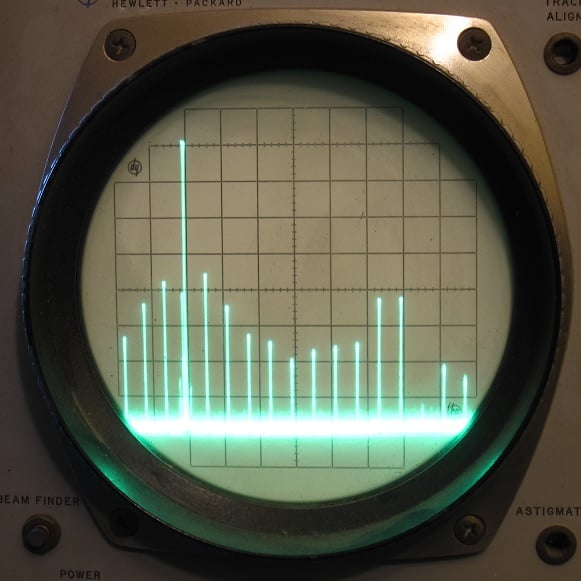

I think an 11" laptop would probably be a better bet. Taking a quick look on Ebay, I am seeing things like Dell 3190s, 3180s and Lenovo Yoga 11e laptops for around $50 or so. I see some chromebooks with x86 processors for as little as $35, but I do not have much experience with installing Linux on chromebooks and so you may want to double-check how to do that before buying anything.
I second the recommendations for Mint. It should work out of the box. You can download the .iso file from their website and use a program called Rufus to write it to a USB stick. You should be able to plug it in, shut down windows, boot from the USB (may have to go into the boot menu in the UEFI), and it will install linux for you. This will be the same process for most linux distributions.
For installing software on Linux, there is an important difference between Windows and Linux; on windows you typically download an installer .exe and use that to install a program. On Linux, each distro has its own “package manager” which functions a lot like an app store on a phone. The package manager will install the program for you and take care of keeping everything updated for you, so if your GPU drivers, steam, or whatever else needs updating, just run an update on the package manager and it will do everything for you. Some will support automatic updates, so you may need to google how to turn that on for any given distribution’s package manager.
In terms of what hardware works better, most folks will tell you to use AMD graphics cards over Nvidia, but that is about it. Nvidia still has proprietary drivers which don’t always play nice with linux, but as an nvidia user myself, the problems seem to be getting fewer and fewer.